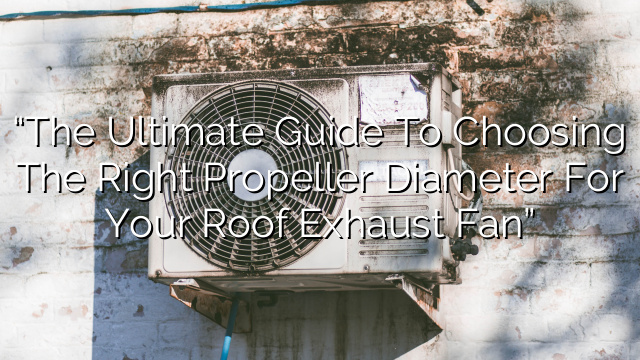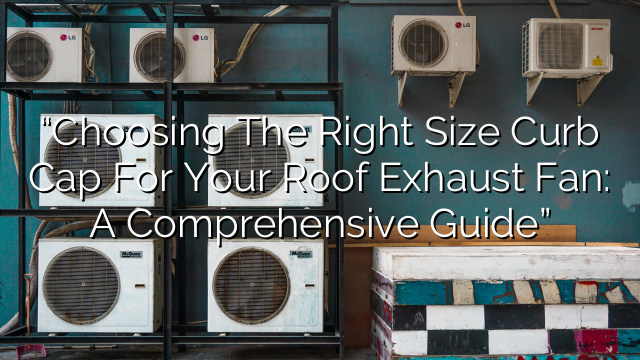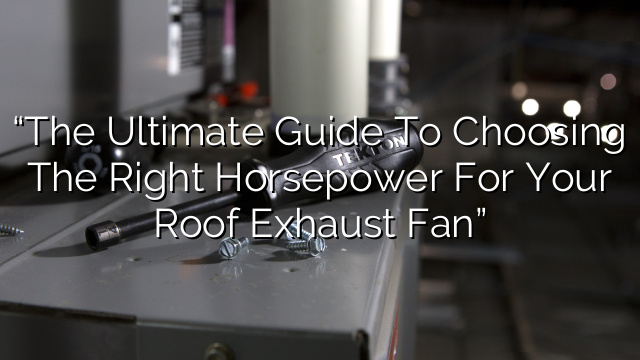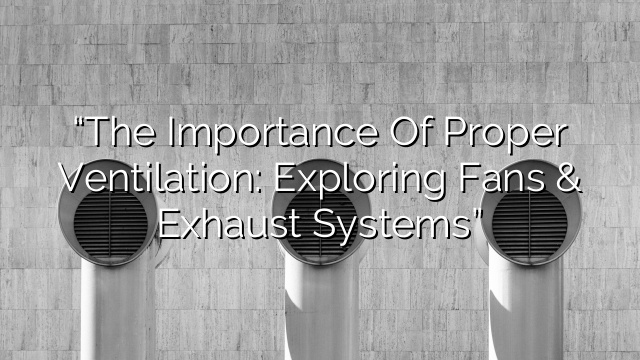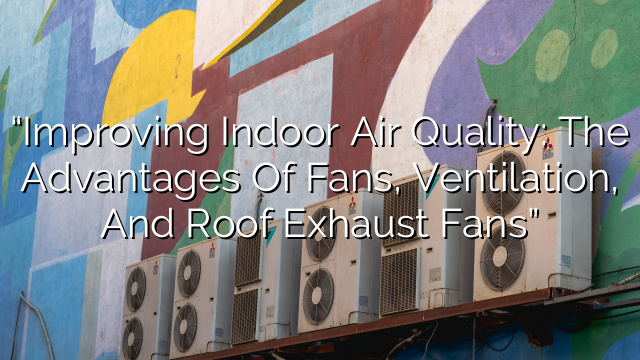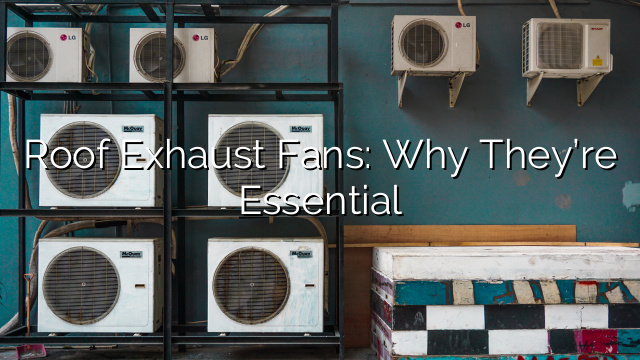The Importance of Fans & Ventilation: Exploring Roof Exhaust Fans and Centrifugal Downblast Roof Fans
When it comes to maintaining indoor air quality and creating a comfortable working environment, fans and ventilation play a crucial role. Proper ventilation helps remove stale air, odors, and pollutants, ensuring a healthier and more pleasant environment for employees and customers alike.
Benefits of Fans & Ventilation
- Improved Air Quality: Fans and ventilation systems help circulate fresh air, reducing the concentration of airborne contaminants such as dust, allergens, and volatile organic compounds (VOCs).
- Temperature Control: Effective ventilation helps regulate indoor temperature, preventing stuffiness and maintaining a comfortable environment for employees and customers.
- Moisture Control: Proper ventilation is important to prevent the accumulation of excess moisture, reducing the risk of mold growth and other moisture-related issues.
- Odor Removal: Fans help remove unpleasant odors from the air, ensuring a fresh and pleasant-smelling environment.
- Energy Savings: Installing energy-efficient fans and ventilation systems can help reduce energy consumption and lower utility costs.
- Compliance with Regulations: Many industries and workplaces are subject to health and safety regulations that require adequate ventilation to ensure the well-being of employees.
Roof Exhaust Fans
Roof exhaust fans are designed to remove hot air, smoke, and pollutants from buildings, improving air quality and reducing the heat load on the HVAC system. They are particularly useful in commercial and industrial settings where heat and pollutants are generated.
Here are a few key features and benefits of roof exhaust fans:
- Efficient Heat Removal: Roof exhaust fans help remove hot air from the building, reducing the temperature and preventing heat-related issues.
- Improves Indoor Air Quality: By expelling pollutants and odors, roof exhaust fans help maintain a clean and healthy indoor environment.
- Reduces Air Conditioning Costs: By actively removing hot air, roof exhaust fans reduce the load on the air conditioning system, potentially leading to energy savings.
- Prevents Condensation and Moisture: Proper ventilation helps control moisture levels, reducing the risk of condensation and mold growth.
- Suitable for Various Applications: Roof exhaust fans can be used in a wide range of settings, including warehouses, manufacturing facilities, commercial kitchens, parking garages, and more.
Centrifugal Downblast Roof Fans
Centrifugal downblast roof fans are another popular option for ventilation in commercial and industrial settings. These fans are designed to exhaust air vertically, providing efficient air clearance and reducing the risk of horizontal air recirculation.
Here are a few features and benefits of centrifugal downblast roof fans:
- Efficient Air Clearance: Centrifugal downblast fans ensure efficient removal of air, preventing air recirculation and improving overall ventilation.
- Durable Construction: These fans are built to withstand harsh weather conditions, ensuring long-lasting performance.
- Easy Installation: Centrifugal downblast roof fans are designed for easy installation on the roof, making them a convenient choice for ventilation solutions.
- Quiet Operation: These fans are engineered for quiet operation, minimizing noise disruptions in the workspace.
- Versatile Applications: Centrifugal downblast roof fans are suitable for a wide range of applications, including restaurants, hotels, hospitals, and industrial facilities.
Frequently Asked Questions
Q: How often should roof exhaust fans be maintained?
A: Regular maintenance is important to ensure the optimal performance of roof exhaust fans. It is recommended to schedule professional maintenance at least once or twice a year to clean and inspect the fans, lubricate bearings, and check for any issues.
Q: Can roof exhaust fans be used in residential settings?
A: Roof exhaust fans can be used in residential settings, particularly in parts of the house that require additional ventilation, such as kitchens, bathrooms, and attics. However, it is important to choose the right size and type of fan to ensure proper airflow and ventilation.
Q: How loud are centrifugal downblast roof fans?
A: Centrifugal downblast roof fans are designed for quiet operation, but the noise level can vary depending on the specific model and installation. It is recommended to choose fans with low sound ratings and consider additional noise reduction measures if noise is a concern.
Q: Are roof exhaust fans energy-efficient?
A: Roof exhaust fans can contribute to energy savings by reducing the load on the HVAC system and promoting natural ventilation. Choosing energy-efficient models and ensuring proper installation and maintenance can further enhance their energy efficiency.
Q: Are roof exhaust fans weatherproof?
A: Roof exhaust fans are designed to withstand outdoor conditions and are typically constructed with weatherproof materials to ensure durability. However, regular maintenance and inspections are still important to ensure their performance and protect against any potential damage caused by extreme weather conditions.
Q: Can roof exhaust fans be used for smoke removal in case of a fire?
A: Roof exhaust fans can be used for smoke removal in commercial and industrial settings in case of a fire. However, it is crucial to ensure that the fans are designed and installed in accordance with fire safety regulations to effectively contain and expel smoke. Consult with a professional for proper fire safety measures and installation.







